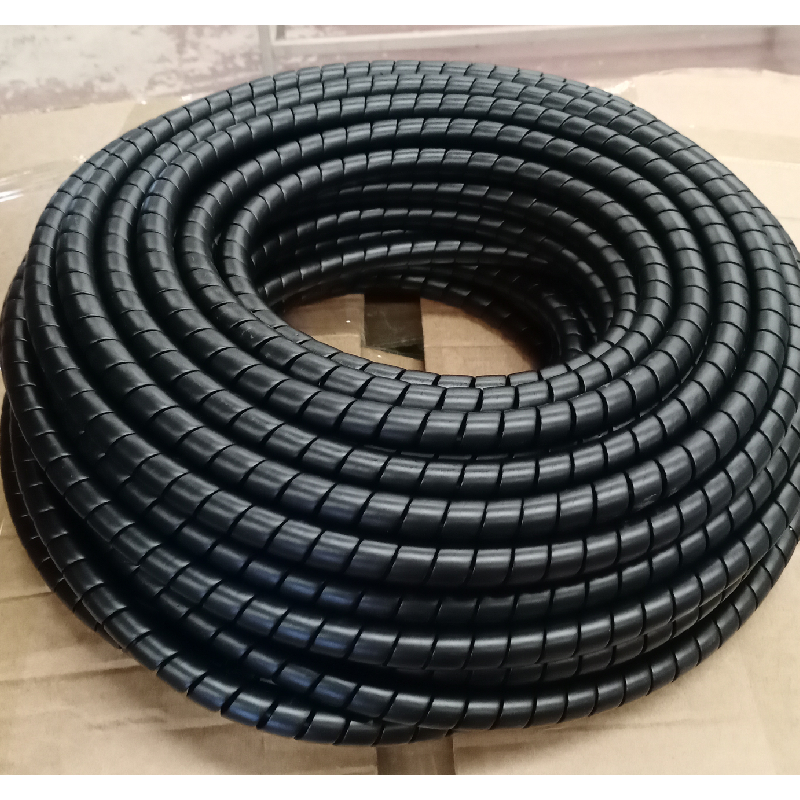remove power steering hose
Removing Power Steering Hose A Step-by-Step Guide
Power steering is a crucial component in modern vehicles, allowing drivers to steer with minimal effort. However, over time, the power steering hose can wear out or develop leaks, leading to decreased performance and potential damage to the steering system. If you find yourself needing to replace the power steering hose, here’s a step-by-step guide to help you through the process safely and efficiently.
Materials Needed
- New power steering hose - Wrenches or socket set - Pliers - Fluid catch container - Funnel - Power steering fluid - Shop rags or towels - Safety goggles and gloves
Step 1 Safety First
Before you start working on your vehicle, ensure you’ve taken the necessary safety precautions. Park the car on a flat surface, turn off the engine, and engage the parking brake. Allow the vehicle to cool down if it has been running, and wear safety goggles and gloves to protect yourself from fluid spills.
Step 2 Locate the Power Steering Hose
Open the hood of your car and locate the power steering pump, which is usually found near the engine. Identify the power steering hose, which connects the pump to the steering gear. Depending on your vehicle's model, there may be a high-pressure hose and a low-pressure return hose.
Step 3 Drain Power Steering Fluid
remove power steering hose

Place a fluid catch container under the power steering pump to catch any fluid that may spill during the removal process
. Remove the reservoir cap and use a siphon or turkey baster to extract as much fluid as possible from the reservoir.Step 4 Remove the Old Hose
Using the appropriate wrench or socket, carefully loosen and remove the clamps or fittings securing the power steering hose to both the pump and the steering gear. Be prepared for residual fluid to leak out as you detach the hose. Keep shop rags handy to clean up any spills.
Step 5 Install the New Hose
Take the new power steering hose and connect it to the pump and steering gear, ensuring it is routed correctly without rubbing against any other components. Secure the hose with the clamps or fittings, tightening them securely to prevent leaks.
Step 6 Refill Fluid and Test
Once the new hose is in place, refill the power steering fluid in the reservoir using a funnel. Start the engine and turn the steering wheel from side to side to help bleed any air from the system. Check for leaks and top off the fluid as necessary.
Conclusion
Replacing a power steering hose can seem daunting, but it is a manageable task for those with basic mechanical skills. By following these steps and taking the appropriate safety precautions, you can ensure your vehicle’s power steering system is functioning effectively and confidently hit the road again. If at any point you feel uncertain, don’t hesitate to consult a professional mechanic for assistance.
-
Understanding Power Steering Tube ReplacementNewsApr.16,2025
-
SAE J1401 Brake Hoses: A Critical Component for Vehicle SafetyNewsApr.16,2025
-
Pipe Couplings: Essential Components for Effective Plumbing and Fluid SystemsNewsApr.16,2025
-
Hose Guard Solutions for Every NeedNewsApr.16,2025
-
Effective Spiral Protection SolutionsNewsApr.16,2025
-
Effective Sewer Cleaning SolutionsNewsApr.16,2025

